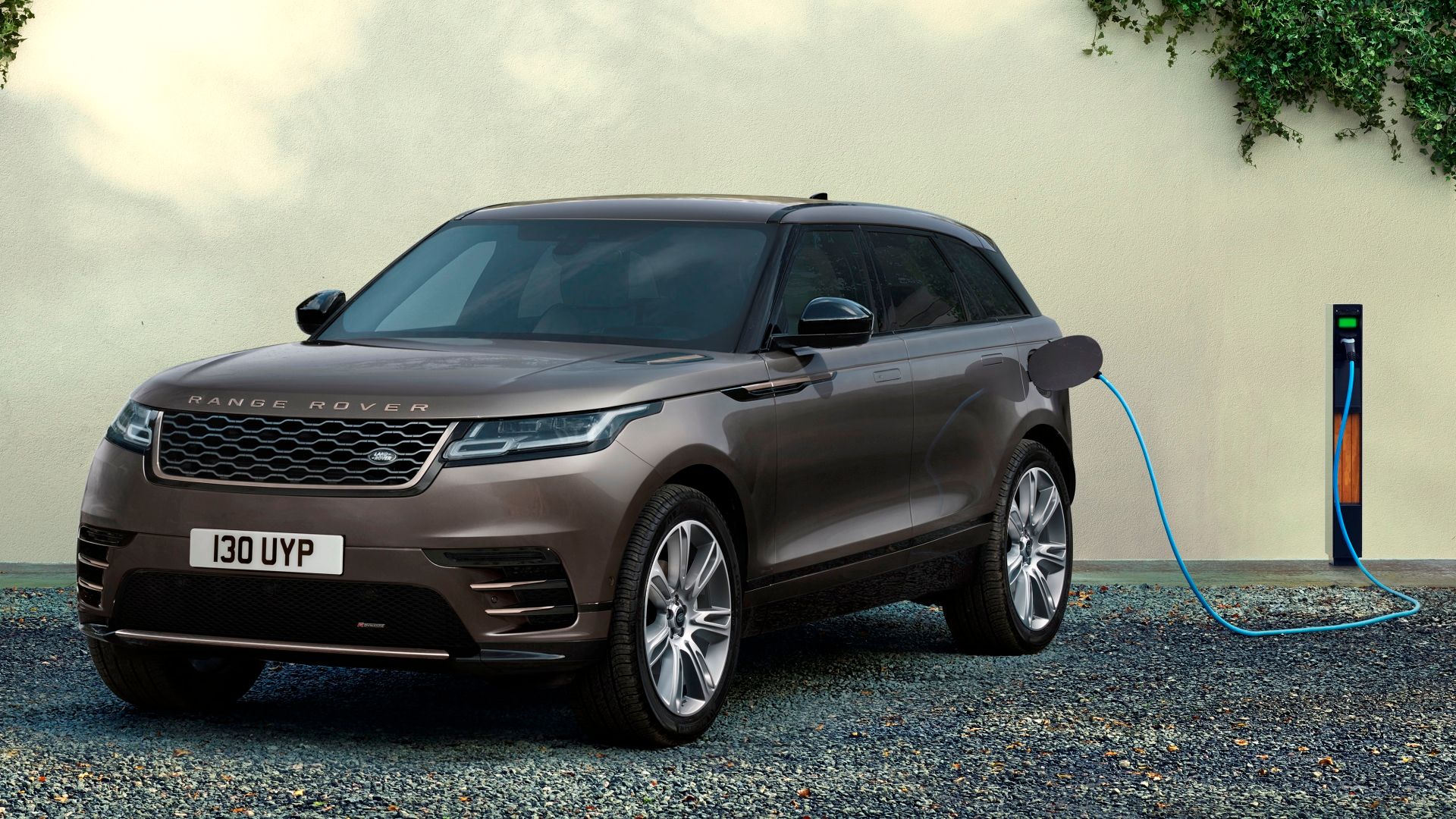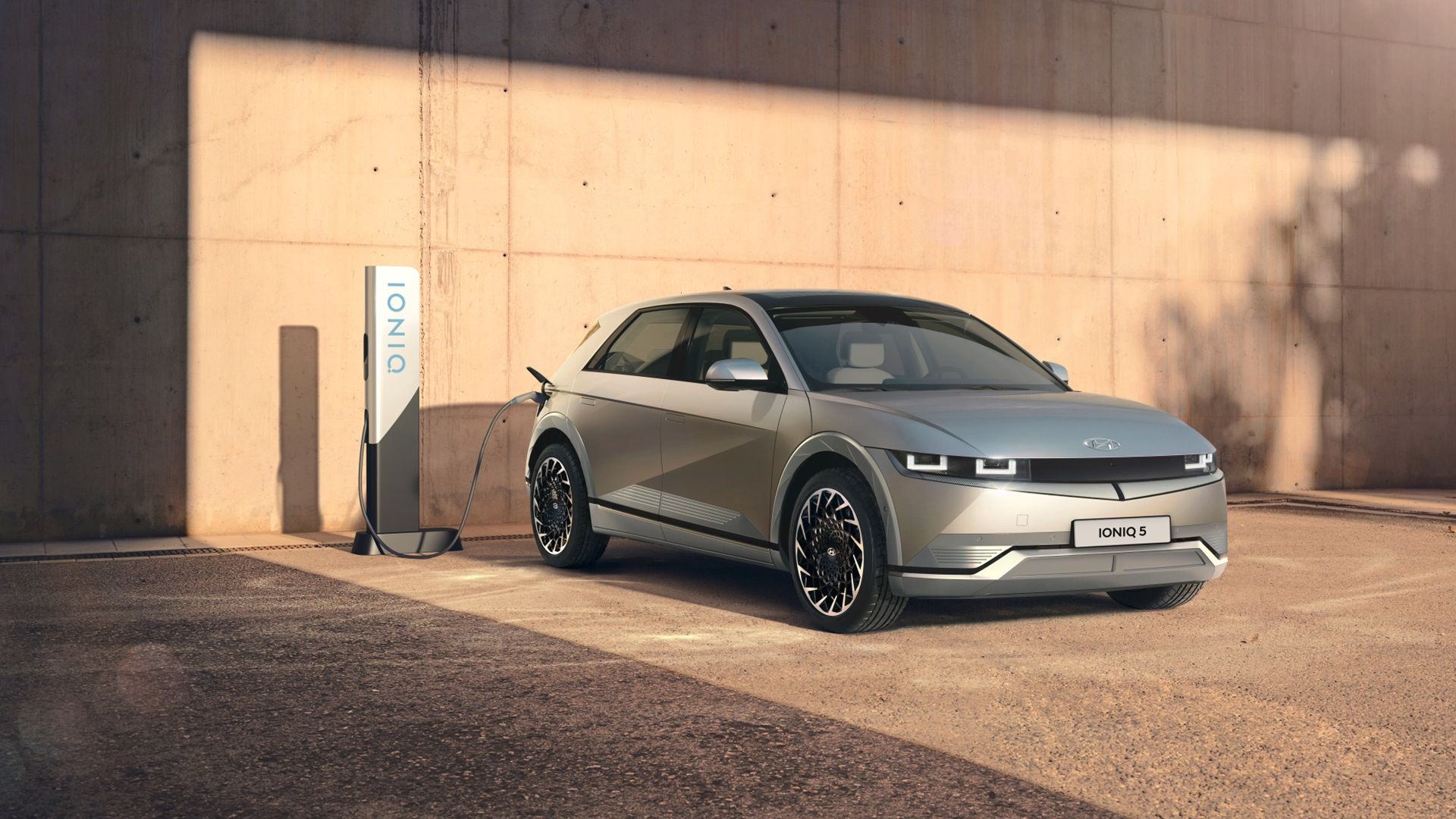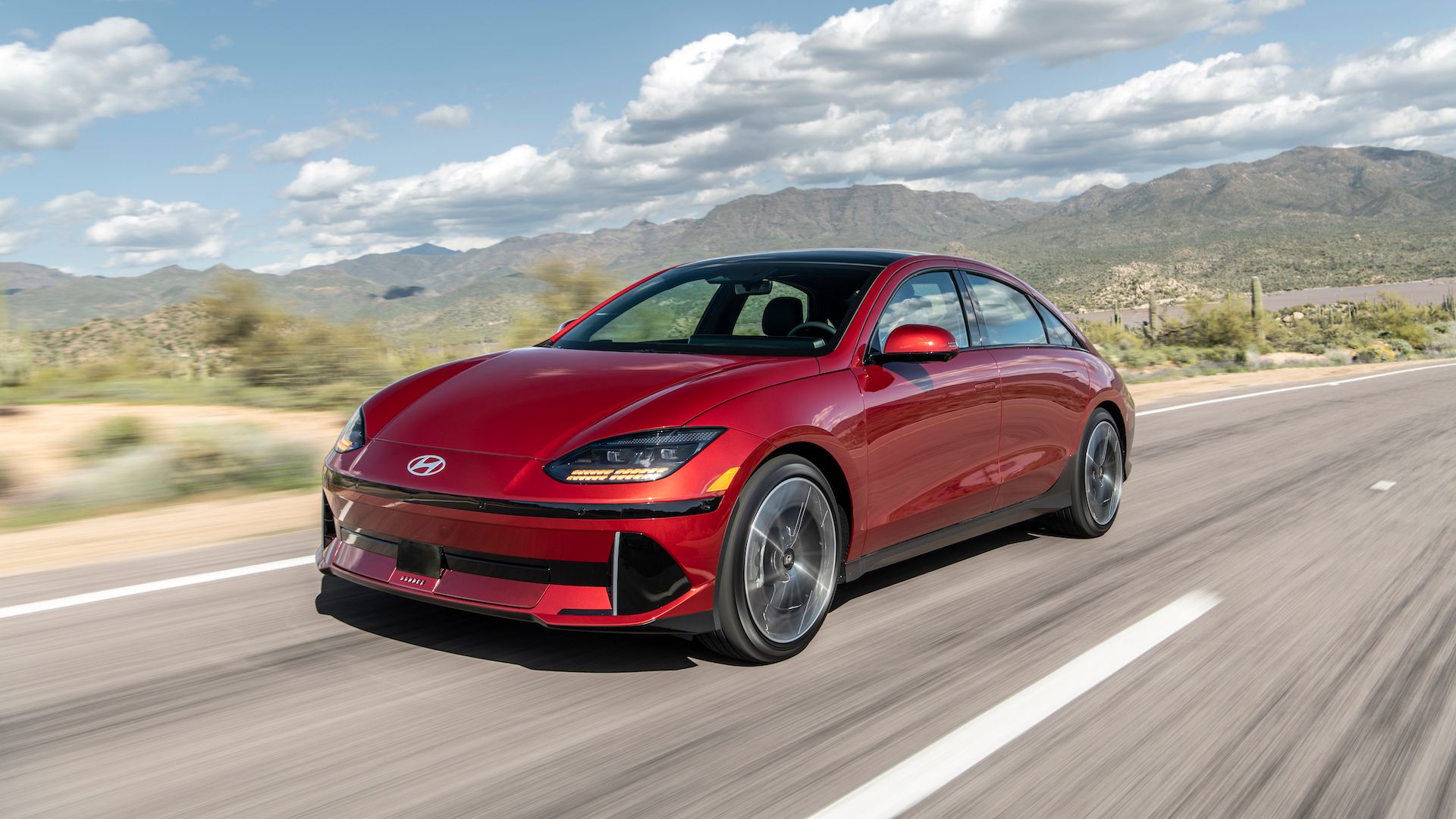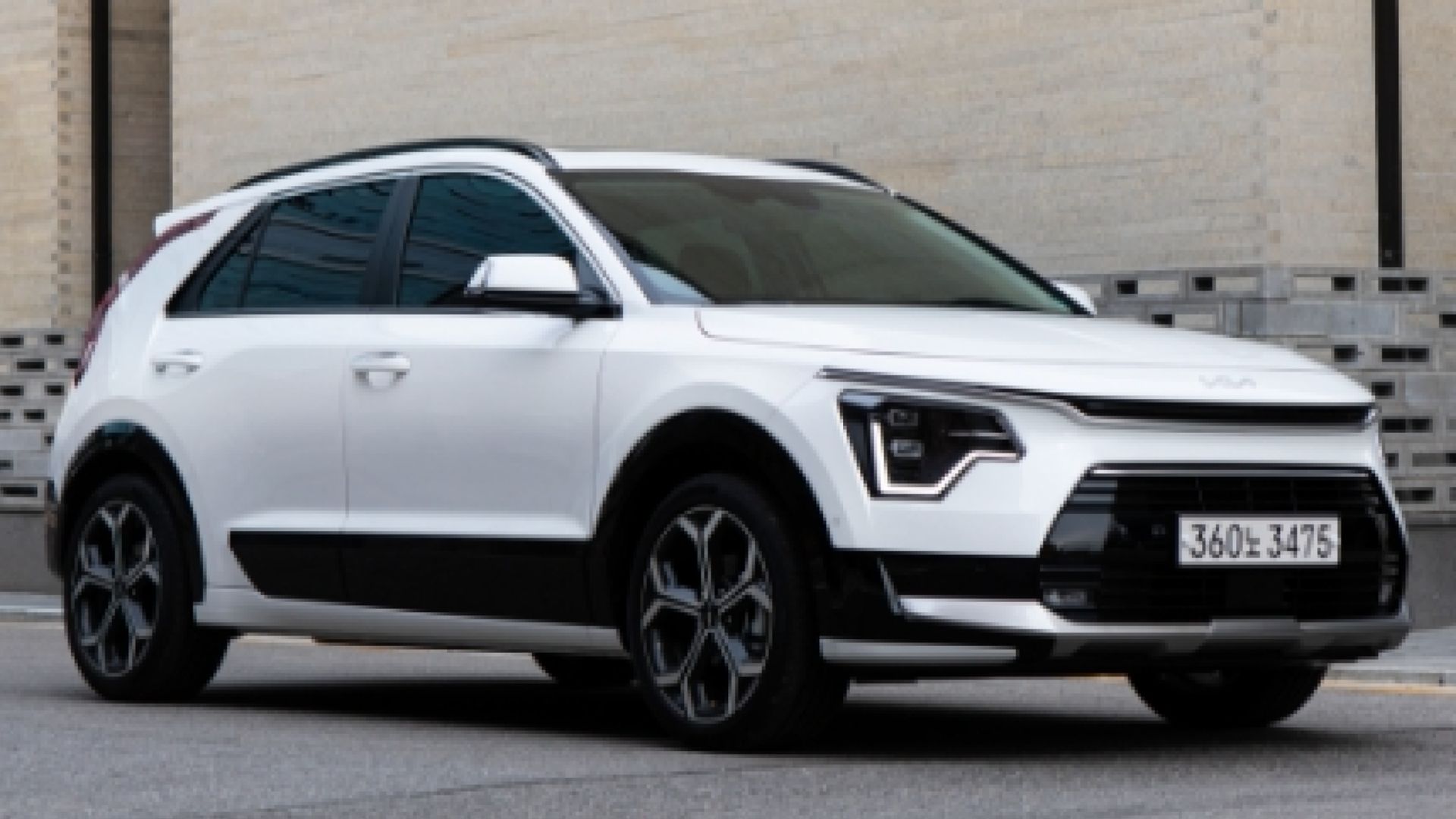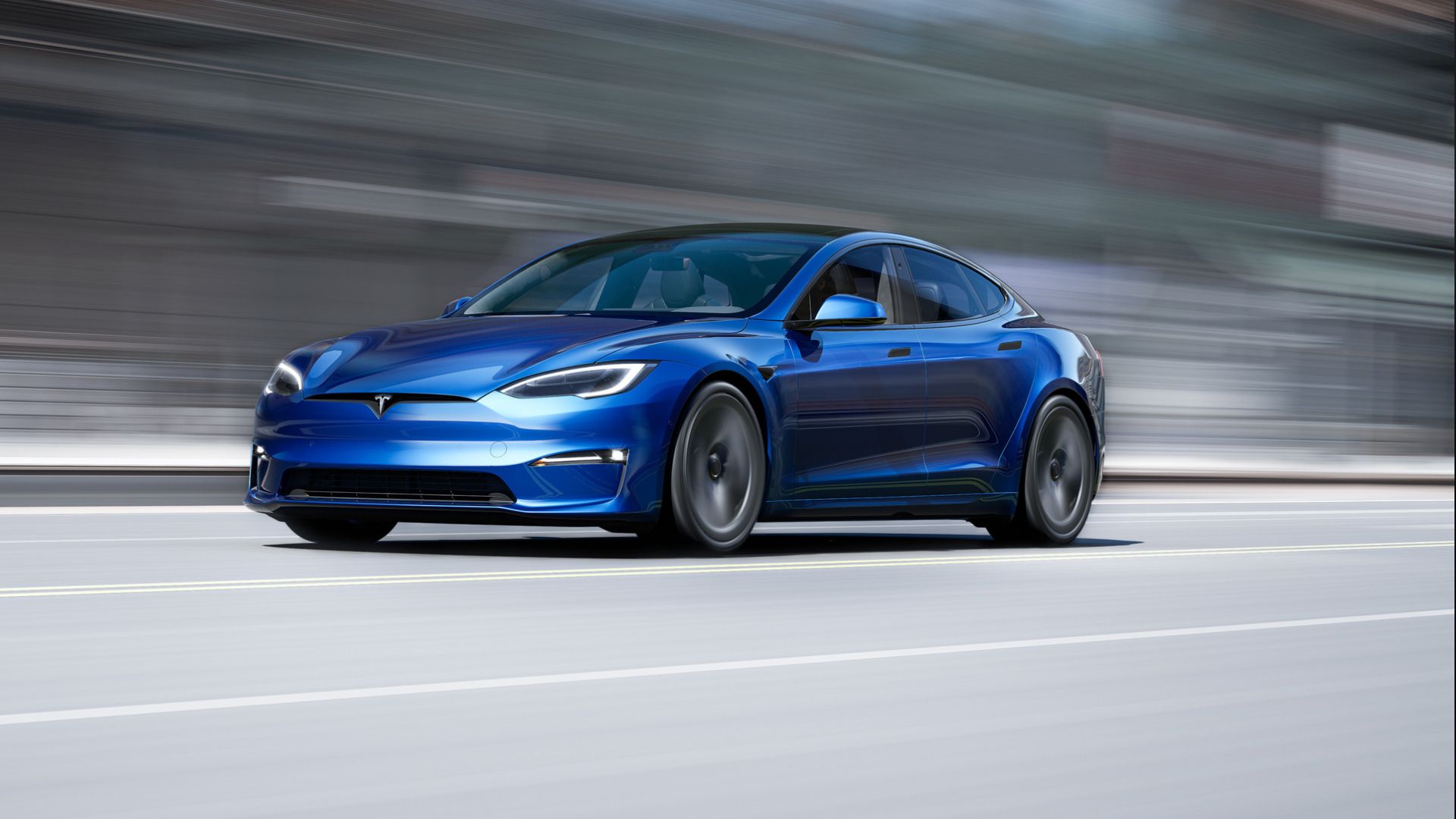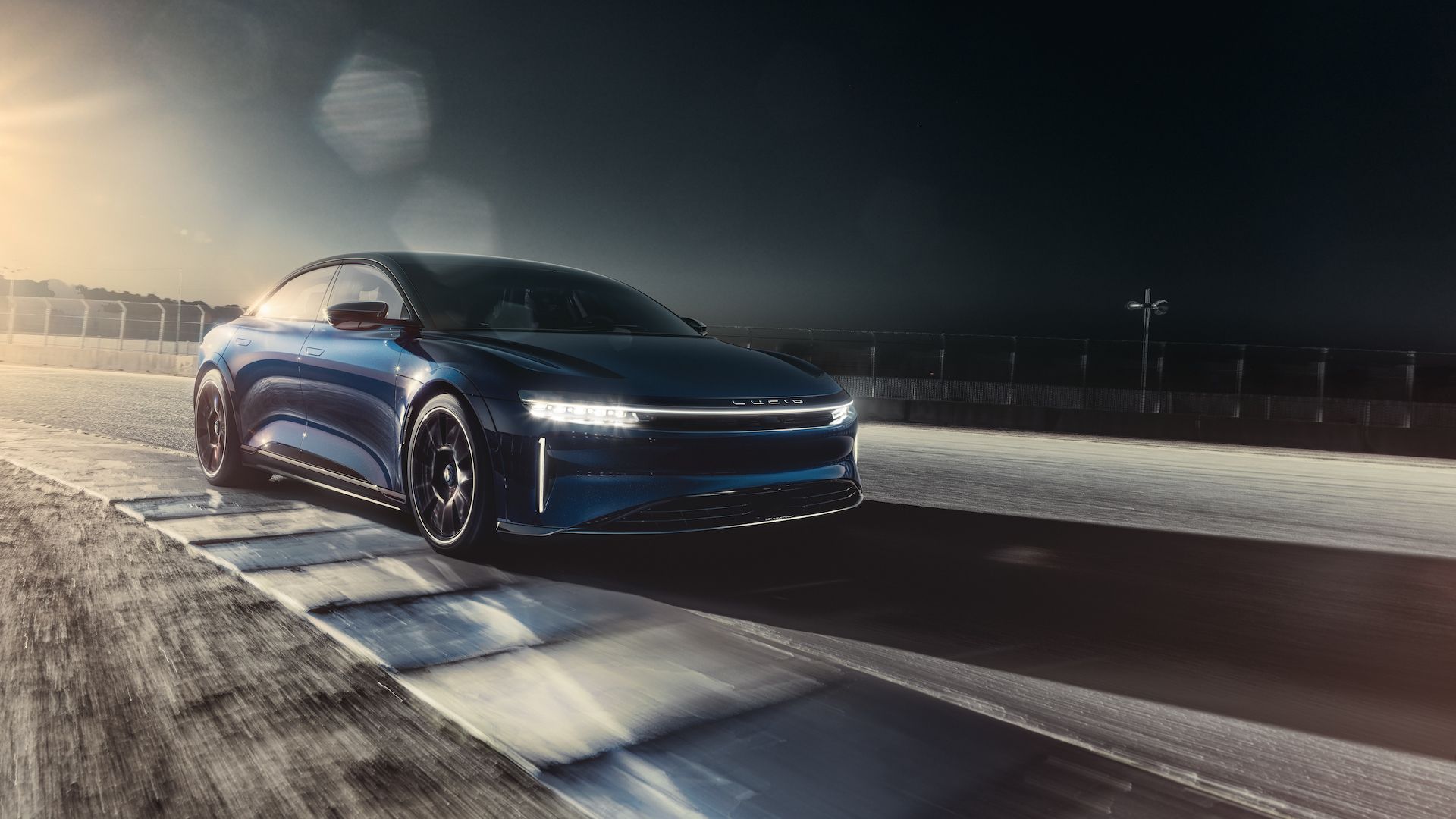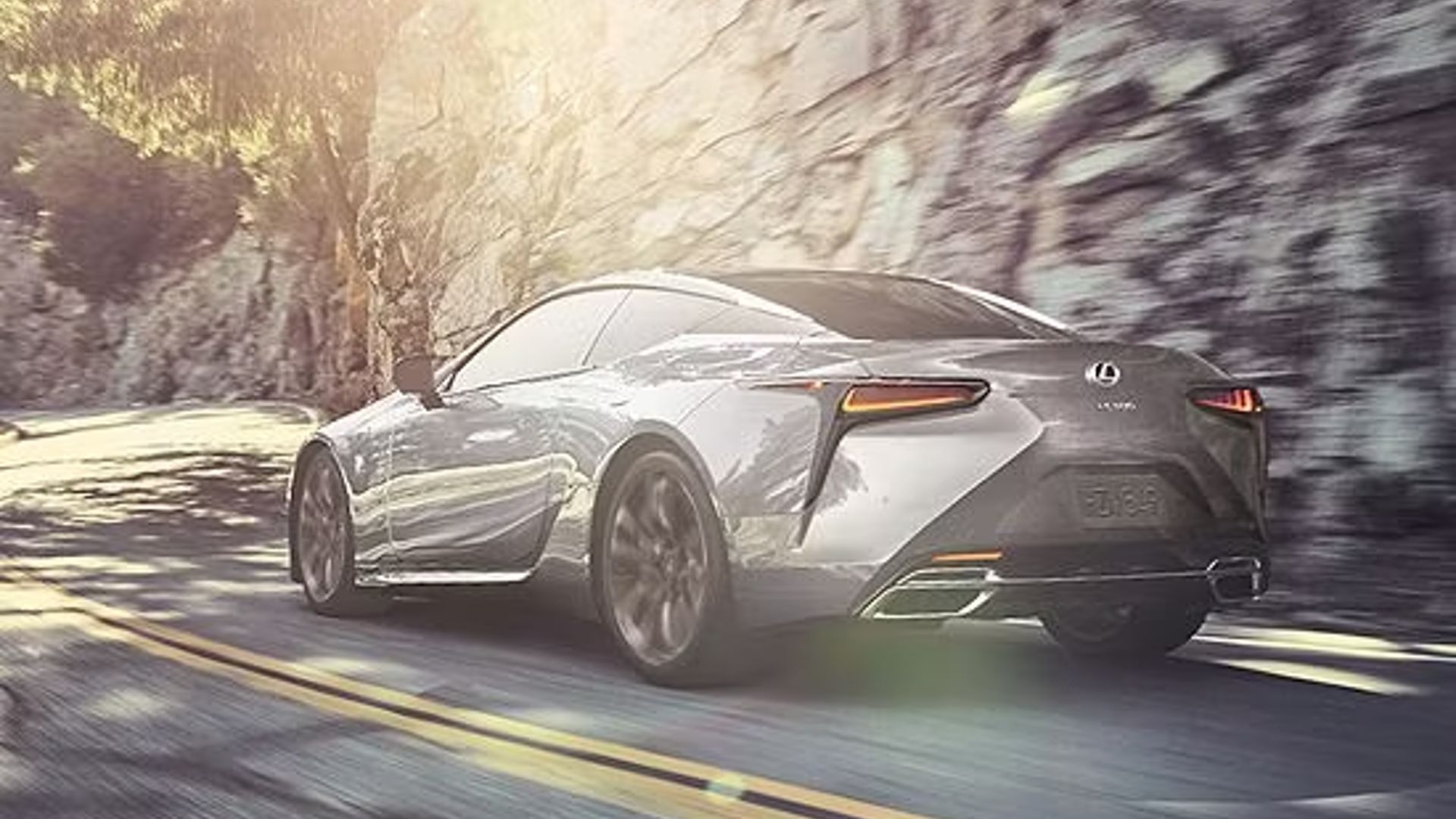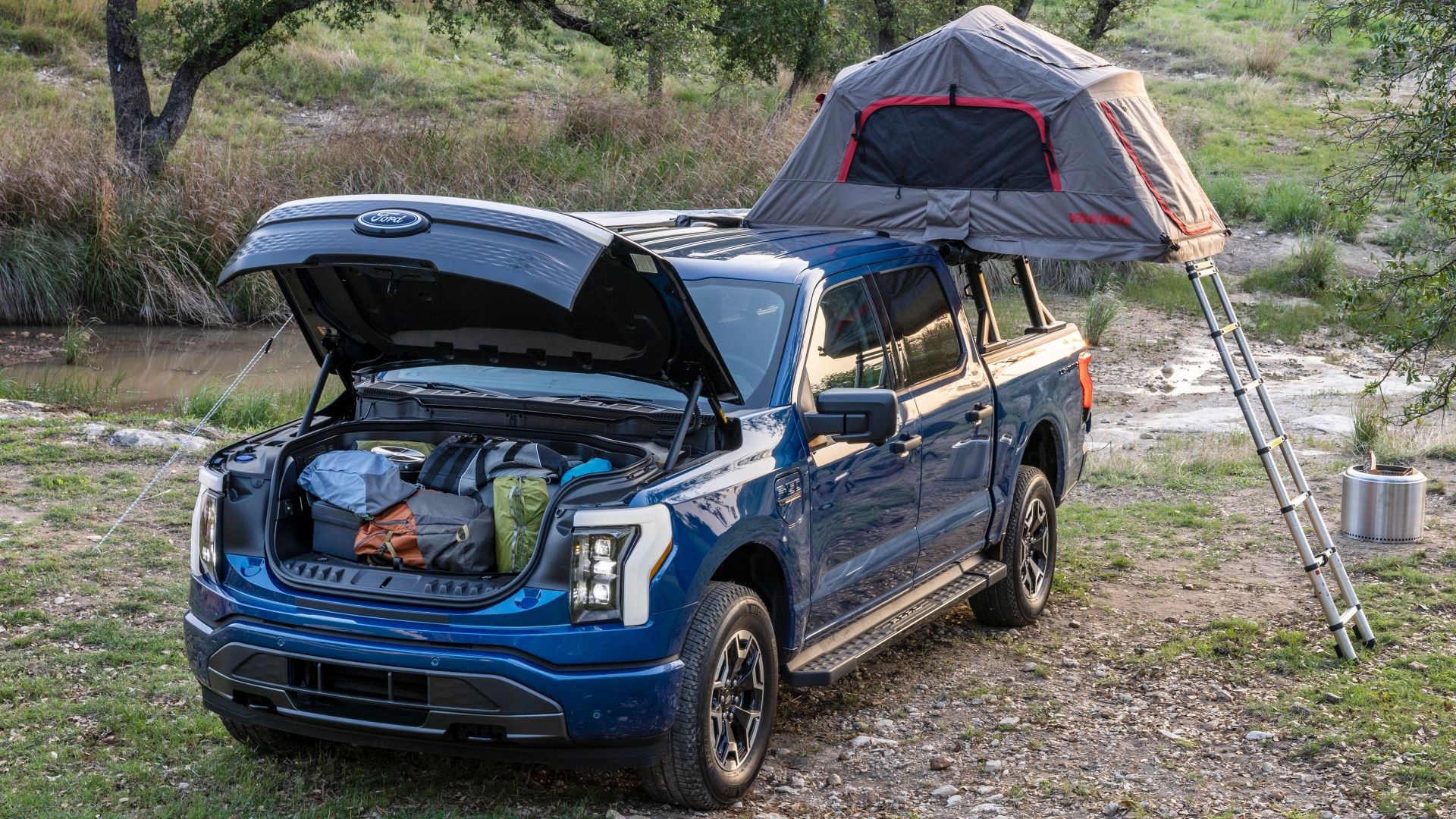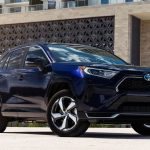[ad_1]
Electric cars are gaining traction in the U.S., and in some markets, like Norway, for instance, they’re the new normal. However, electrification is a marathon, not a race. For many customers, hybrid cars are as far as they’re willing to and can go in adopting alternative energy vehicles. No wonder why hybrid cars vs. electric cars is currently one of the most debated topics in the auto industry.
Companies flooded our market with hybrid cars last decade, and this decade, it’s the turn of EVs. Yet, hybrid cars, being more practical, affordable, and widely available, are still quite popular. Both hybrid and electric cars make a sensible choice in their own ways, as they both have their merits in different use cases and for different customer profiles. If you’re on the hunt for a new electrified car, this will help you easily understand the difference between the two and make an informed, wise decision.
In order to give you the most up-to-date and accurate information possible, the data used to compile this article was sourced from various manufacturer websites and other authoritative sources, including EPA, Reuters, J.D. Power, and Cox Automotive.
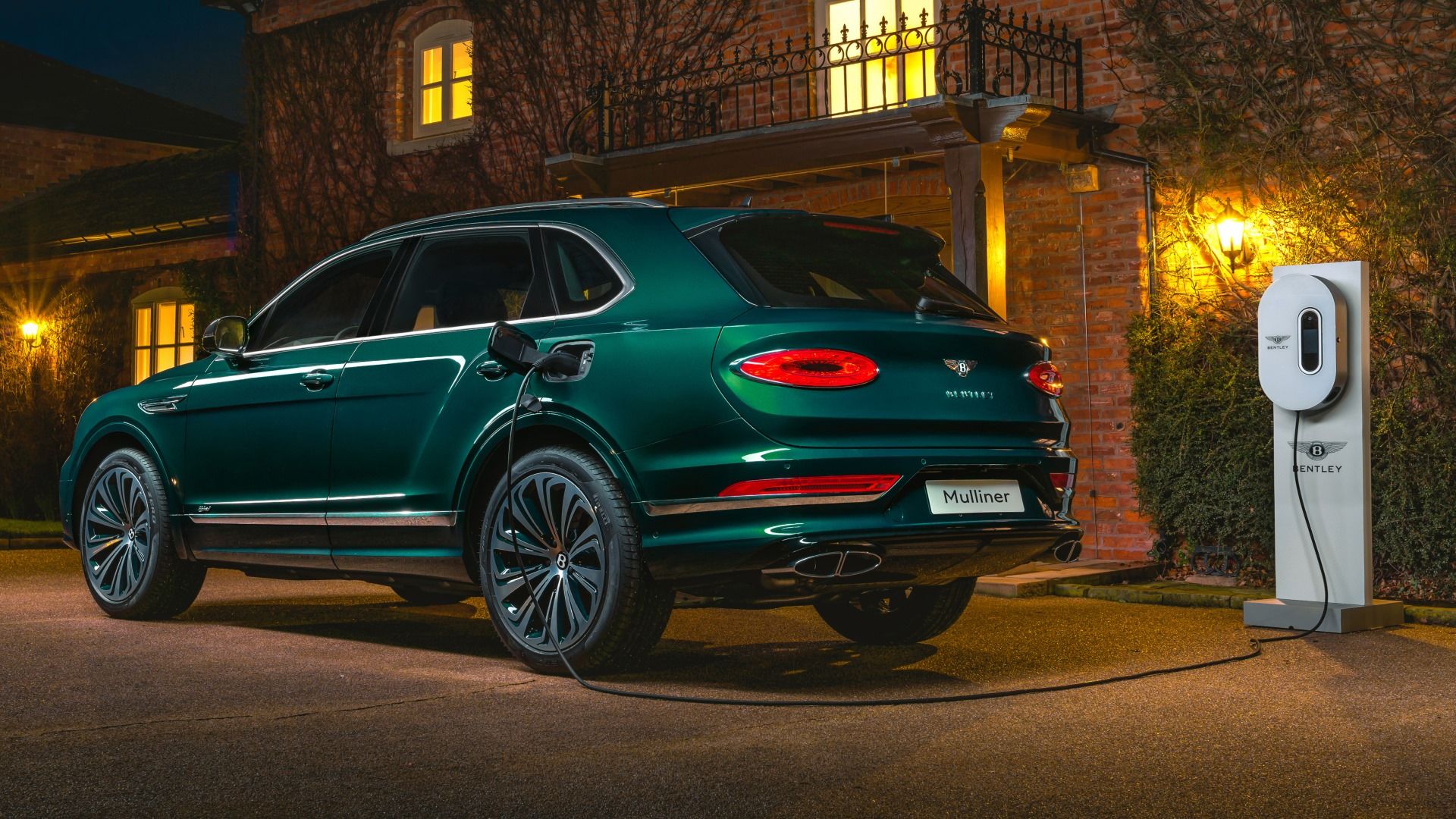
Home EV Charging Versus Public EV Charging: Everything You Need To Know
Here are the pros, cons, costs, and fees of EV charging, be it Level 1 home charging, or Level 3 DC fast charging.
Power Source
The main difference between hybrid cars and pure electric cars is the energy source. Hybrid cars typically run on two energy sources – the internal combustion engine and motors, while pure electric cars have only one energy source – motors.
Hybrid vehicles can operate using both their energy sources at the same time or only one at a time, depending on the driving situation, the driver’s preference, and of course, the availability of those energy sources at a given time. Electric cars run only on one source, so there’s no shuffling in the operation, and this is why they are smoother and more predictable.
Where Does Hybrid Car Draw Power From
The hybrid cars currently available in the U.S. run on a combination of gasoline and electricity. An internal combustion engine uses gasoline and is responsible for the drive under heavy loads or when there’s no electricity. A motor uses electricity stored in a battery pack to assist the engine, and for short distances, lets it even shut off.
The battery pack usually has a minuscule energy storage capacity of around 1-2 kWh, and the gas engine charges it via a generator. Moreover, when you lift off the gas pedal or apply the brakes, the hybrid system recovers the braking energy and uses it to charge the battery pack. In more advanced, plug-in hybrid cars, companies use a significantly larger battery pack and install an onboard charger in the vehicle, which allows you to charge it with an external power source.
Both normal hybrid cars and plug-in hybrid cars have further types. Most of them are parallel hybrids, which function as explained above. Then there are series hybrids, like the Nissan Note e-Power (series hybrid) sold in Asian markets or the now-defunct BMW i3 (series plug-in hybrid). In these vehicles, the gas engine has no connection to the wheels, and its sole task is power generation. Only the electric motor, or electric motors, if there are two for AWD capability, is/are responsible for propulsion.
Electric Cars Are Supplemented By Motors
Electric cars include a bigger battery pack that can store more electrons and have up to four motors, capable of producing significantly higher outputs. An inverter converts direct current stored in the battery pack into alternate current for the propulsion motor(s).
The battery pack consists of modules that house prismatic, cylindrical, or pouch cells connected together. Some EVs also have cells directly integrated into the battery pack without modules. In addition to the structure, the chemistry of the cells can vary. Lithium-ion cells are common in long-range and high-performance EVs, while some lower-priced EVs or lower-priced configurations of the same EVs have lithium iron phosphate cells.
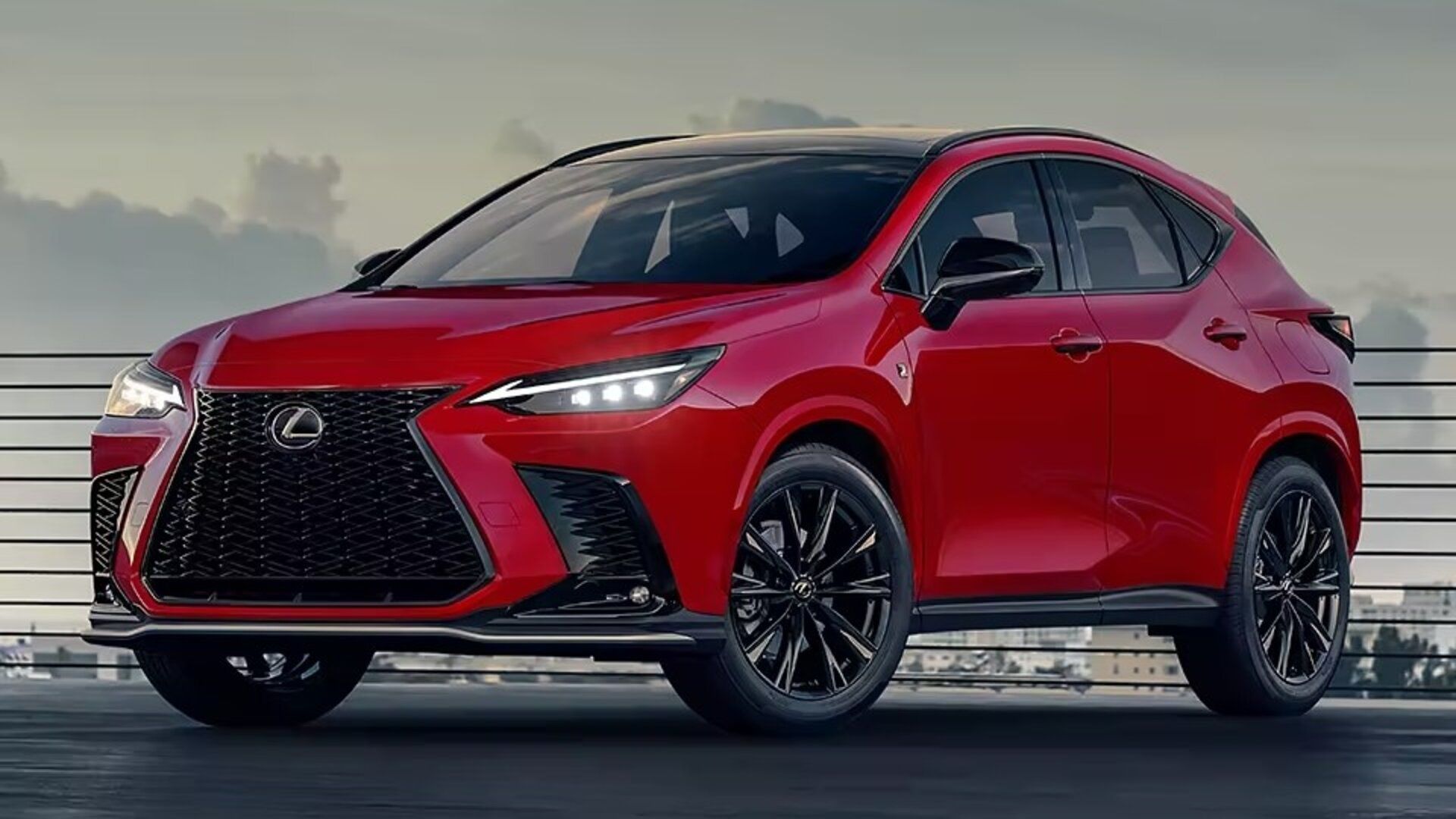
10 Plug-In Hybrid SUVs With The Most All-Electric Range
The advanced hybrid powertrains of these PHEV SUVs create electric-only ranges that prove efficiency shouldn’t hinder performance in the world of SUVs
Efficiency And Range
In 1999, Honda released the Insight as America’s first modern hybrid car, but the Toyota Prius that followed in 2000 popularized this type of alternative energy vehicle. Thus, hybrid cars have existed in our market for over two decades. Their range has significantly improved during this time, especially since the launch of the first more advanced, plug-in hybrid car – the Chevrolet Volt, in 2010.
EVs, on the other hand, are yet to catch up on range, as their development is still in a nascent stage. The Nissan Leaf, which went on sale in 2010, gradually made EVs mainstream, although not nationwide. Automakers have indicated with their future EV announcements that EVs will overtake hybrid cars in range later this decade.
Hybrid Cars Have Better Overall Range
Hybrid cars deliver more fuel economy than conventional gas models and thus have a longer, practical range. In the mainstream segment, EPA estimates that the 2024 Toyota Camry Hybrid, with a fuel economy of up to a staggering 52 MPG (combined), can travel up to 686 miles. In comparison, the gas-only 2024 Toyota Camry delivers a combined fuel economy of up to 32 MPG (combined) and has a maximum range of 506 miles, as per EPA data.
Hybrid Cars with EPA Efficiency and Range
|
Model |
Max. Efficiency (EPA-est.) |
Range (EPA-est.) |
|
2024 Toyota Prius |
57 (city)/56 (highway)/57 (combined) |
To Be Announced |
|
2024 Hyundai Elantra Hybrid |
51 (city)/58 (highway)/54 (combined) |
To Be Announced |
|
2024 Kia Niro Hybrid |
53 (city)/54 (highway)/53 (combined) |
588 miles |
|
2024 Toyota Camry Hybrid |
51 (city)/53 (highway)/52 (combined) |
686 miles |
|
2024 Toyota Corolla Hybrid |
53 (city)/46 (highway)/50 (combined) |
To Be Announced |
(Data sourced from EPA)
Plug-in hybrid cars are also impressive on the range front. Consider the 2024 Toyota Prius Prime, for instance, which EPA estimates can go up to 600 miles with its gas tank full and lithium-ion battery pack fully charged. Regular hybrid cars usually last only about a mile in EV mode. In the case of plug-in hybrid cars, the contribution of the EV-mode range to the total range is significantly higher. For example, the 2023 Mercedes S-Class PHEV (S 580e 4 MATIC) can keep its engine shut off for up to 46 miles out of its total range of 470 miles, as per EPA.
PHEVs with EPA Efficiency and Range
|
Model |
Max. Efficiency (EPA-est.) |
Range (EPA-est.) |
|
2024 Toyota Prius Prime SE |
127 MPGe |
600 miles |
|
2024 Toyota RAV4 Prime |
94 MPGe |
600 miles |
|
2024 Lexus NX 450h+ AWD |
84 MPGe |
550 miles |
|
2024 Kia Sportage Plug-in Hybrid |
84 MPGe |
430 miles |
|
2024 Hyundai Tucson Plug-in Hybrid |
80 MPGe |
420 miles |
(Data sourced from EPA)
EVs, Of Course, Have Higher Electric-only Range
EVs can be very efficient, too. In fact, as Reuters stated, electric cars are more energy-efficient than hybrid cars. They put no less than 77-percent of the energy from the cells into the wheels. Hybrids, in some cases, waste as much as 79-percent through heat and friction.
EVs with EPA Efficiency and Range
|
Model |
Max. Efficiency (EPA-est.) |
Range (EPA-est.) |
|
2024 Hyundai Ioniq 6 Long Range RWD |
140 MPGe |
361 miles |
|
2024 Lucid Air Pure RWD |
137 MPGe |
419 miles |
|
2024 BMW i4 eDrive35 |
120 MPGe |
276 miles |
|
2024 Kia EV6 Long Range RWD |
117 MPGe |
310 miles |
|
2024 Hyundai Kona Electric Long Range |
116 MPGe |
261 miles |
(Data sourced from EPA)
Electric cars have a significantly lower range, so on routes and in places where charging infrastructure is limited or not available, it’s not possible to use them for long journeys. According to the EPA, except for three EVs, all others have a range of less than 400 miles. The 2023 Lucid Air, which can travel up to 516 miles on a full charge, is the longest-range EV in the U.S. The 2024 Chevrolet Silverado EV, rated for a maximum range of 450 miles, ranks no. 2. The 2023 Tesla Model S, with a maximum range of 405 miles, is in third position.
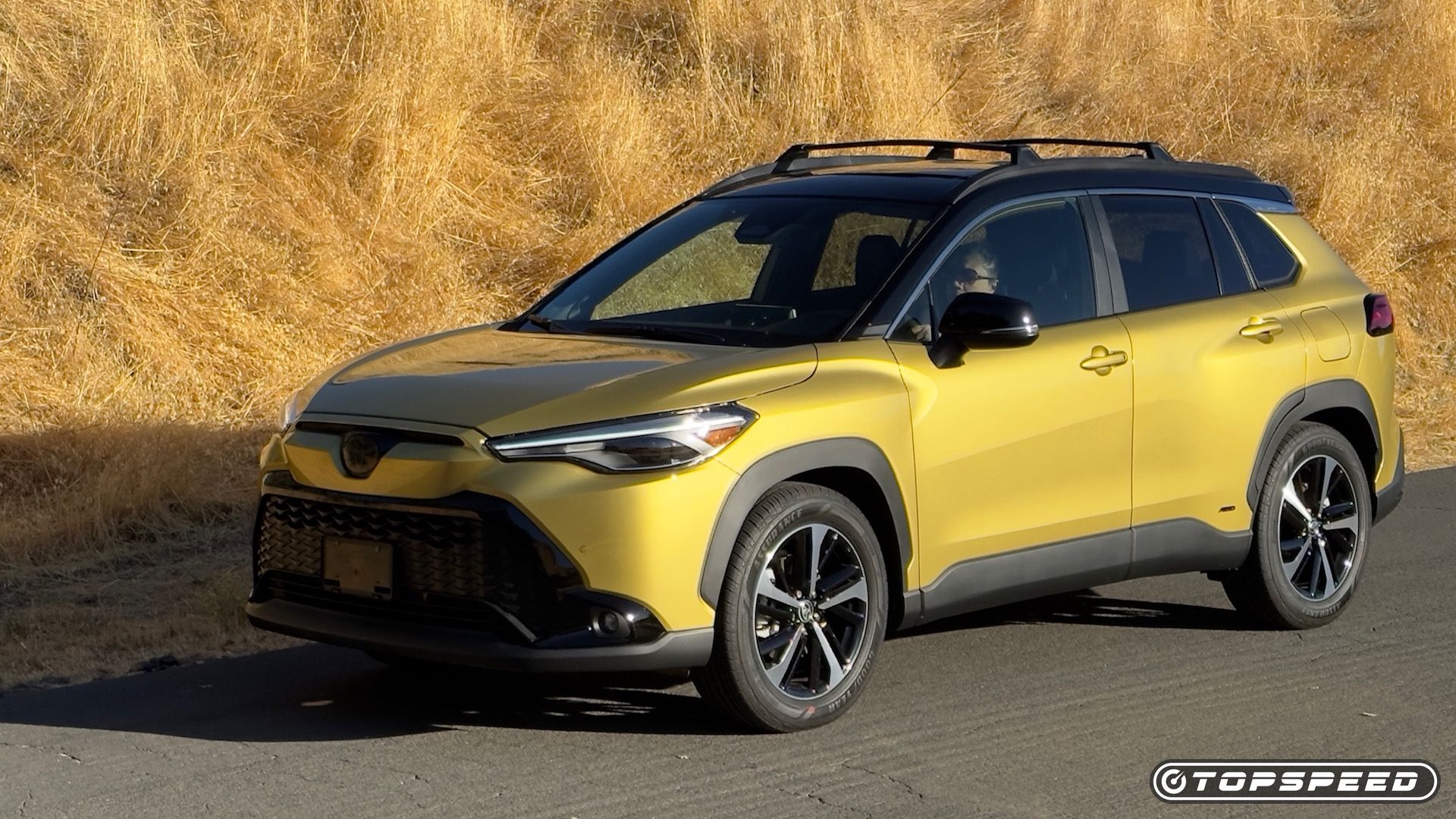
Hybrid Cars Vs. Electric Cars: 10 Major Differences
EVs are the future and hybrid cars are the perfect stop-gap between ICEs and EVs. Here are the most important differences between the two.
Performance
Automakers developed hybrid powertrain technology to reduce fuel consumption and pollution, but last decade, some companies started to apply it to improve performance. Electric cars generally offer much higher performance than both gas and hybrid models. Along with new powertrain and cell technology developments, their performance will improve in the future.
Hybrid Cars Aren’t Record Breakers, But They Are No Slouches
With the exception of sports cars like the McLaren P1 a.k.a. The Widow Maker and the Koenigsegg Gemera, most hybrid cars have one goal – higher fuel economy. Thus, as J.D. Power says in an article, generally mainstream hybrid cars are slower than gas models. That’s one of the reasons behind the commonly found Toyota Prius memes on the web, although its fifth-generation model is a tight slap on the face of trollers.
The performance of mainstream hybrid cars has improved in recent years, especially since the advent of plug-in hybrid technology. The Toyota RAV4 Prime Plug-in Hybrid SUV (0-60 mph in 5.7 seconds), for instance, is quicker than the Toyota GR86 sports car (0-60 mph in 6.1 seconds). The latest Toyota Prius Prime takes just 6.6 seconds for a 0-60 mph sprint.
EVs Are Scary Fast, Courtesy Of Instantaneous Torque
Electric cars take performance to the next level, and this is only the beginning. They tend to be much quicker than both gas models and hybrid models. Their powertrains are more responsive and powerful, and so they feel effortless and smoother, too. However, driving dynamics and top speed aren’t usually as good as those of gas-only or hybrid models. Then again, there are exceptions, such as the 258-mph Rimac Nevera and the 217-mph Pininfarina Battista.
The main issue with EVs in performance is weight. Batteries are very heavy, so they weigh way more than conventional models and even hybrid cars. EVs have much higher-output powertrains to combat the additional weight, but at times, automakers need to limit their top speed to save charge for more range and ensure a long life for their batteries.
3:42

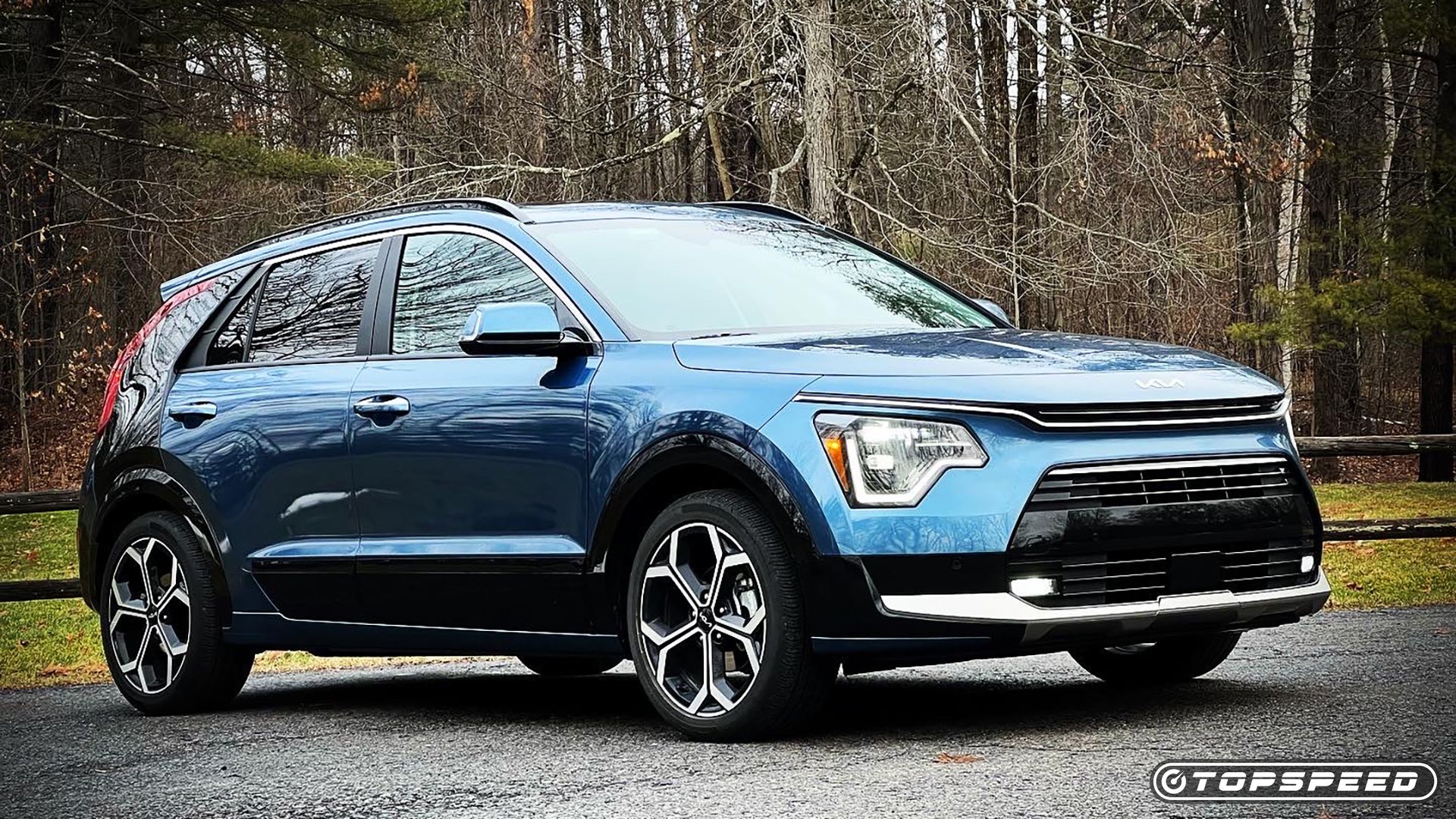
The Cheapest Plug-in Hybrid Vehicles In 2023
Usually, PHEVs are expensive compared to other options, but these 10 offerings will surprise you with their low price
Practicality
Both hybrid cars and electric cars have their advantages, but which of the two is the right choice for your eco-friendly purchase mainly comes down to their practicality, which includes affordability as well. Usually, hybrid cars are more expensive than their gas-only counterparts, but EVs, even more so. However, there’s more to the cost factor than the outright purchase price.
Hybrids Don’t Support Fast-charging, But You Can Fill Up The Fuel Tank In No Time
Hybrid cars, although more expensive than gas-only models, are still accessible, as long as you don’t go for the more advanced, plug-in-type models. Consider the Lexus RX, for instance, the base price of which is $49,950 in the gas variant and $51,800 in the hybrid variant. Bump for the plug-in hybrid and the retail MSRP shoots up to a whopping $70,080.
Regular hybrid cars are practical, as they don’t require external charging infrastructure, meaning you don’t need to install an EV charger at your place or have a public EV charging station located around the place where you live or commute. According to EPA, the 2024 Toyota Prius, the prices of which start at $28,845, will save you up to $4,750 in fuel costs over five years compared to the average new MY2024 vehicle that gets 28 MPG.
Plug-in hybrid cars are much more expensive because they have much bigger battery packs and higher-output motors. Automakers usually offer them only in the higher grades, or as seen in the case of the Lexus RX, only in the top-end grade. While they’re expensive to purchase, some of them are eligible for financial incentives, like a federal tax credit of up to $7,500 under the Clean Vehicle Program.
Most PHEVs don’t support DC fast-charging, so it could take two to three hours, or in some cases, even about 12 hours, to charge the battery pack. The Jeep Wrangler 4xe, the best-selling plug-in hybrid vehicle in the U.S., takes approximately two hours with a Level 2 charger or 12 hours with a Level 1 charger.
You’ll save more money on PHEVs in the long run, but only if you regularly charge them and use them in EV mode. Based on EPA data, the 2024 Toyota Prius Prime, priced from $33,870, can save you $5,750 in fuel costs over five years compared to the average new 2024 vehicle that returns 28 MPG. What’s more, it estimates that the cost to drive 25 miles is just $0.97 in EV mode, $0.70 or 42-percent lesser than driving on gas only.
EVs Support Fast-charging, But Aren’t As Fast As Filling Fuel
Electric cars are even more expensive than hybrid cars, but as they do not have combustion and moving mechanical parts, they are cheaper to maintain and more reliable. With no engine under the hood, they have extra cargo space. Moreover, EVs engineered on a bespoke platform have a longer wheelbase and offer more passenger space. Models that meet the conditions stated under the Clean Vehicle Program are eligible for a federal tax credit of up to $7,500. Then there’s also the advantage of getting access to EV-only parking spots at offices, shopping centers, airports, hotels, and many other places.
The biggest drawback of EVs is the time required to charge them. Using a 120-volt home outlet, they can take tens of hours to reach from 0- to 100-percent charge. Thus, customers usually need to install a 240-volt home charger at their residence. Charging the 2024 Kia EV6 with a 77.4 kWh battery pack can take 68 hours with a 120-volt connection or seven hours and 10 minutes with a 240-volt outlet.
Using DC fast chargers at public charging stations with up to 800 volts, Kia claims the 2024 EV6 can go up from 10- to 80-percent charging as quickly as 18 minutes. However, public charging stations, especially the ones with ~400- and higher-voltage chargers, are yet to become widely available across the U.S. Thus, unless you have high-voltage chargers in your vicinity or on the route you plan to travel, EVs can be a hassle. According to a research from Cox Automotive, 32-percent potential EV customers saw a lack of charging stations as an obstacle in their purchase decision.
[ad_2]
Source link


